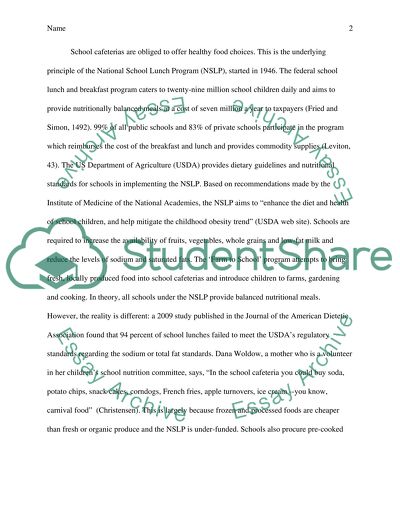Cite this document
(“Schools can Help Prevent Childhood Obesity Essay”, n.d.)
Schools can Help Prevent Childhood Obesity Essay. Retrieved from https://studentshare.org/education/1477536-schools-can-help-prevent-childhood-obesity
Schools can Help Prevent Childhood Obesity Essay. Retrieved from https://studentshare.org/education/1477536-schools-can-help-prevent-childhood-obesity
(Schools Can Help Prevent Childhood Obesity Essay)
Schools Can Help Prevent Childhood Obesity Essay. https://studentshare.org/education/1477536-schools-can-help-prevent-childhood-obesity.
Schools Can Help Prevent Childhood Obesity Essay. https://studentshare.org/education/1477536-schools-can-help-prevent-childhood-obesity.
“Schools Can Help Prevent Childhood Obesity Essay”, n.d. https://studentshare.org/education/1477536-schools-can-help-prevent-childhood-obesity.


